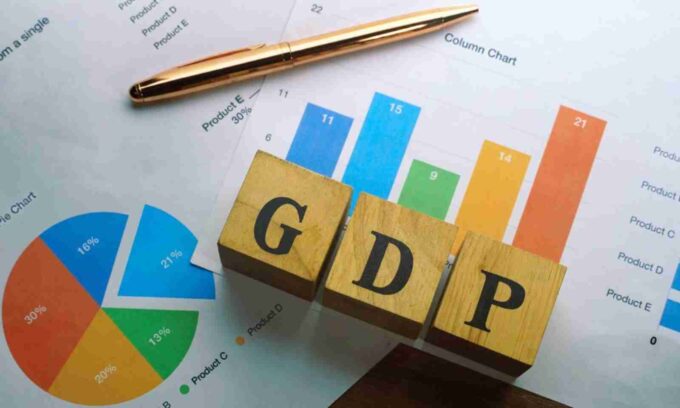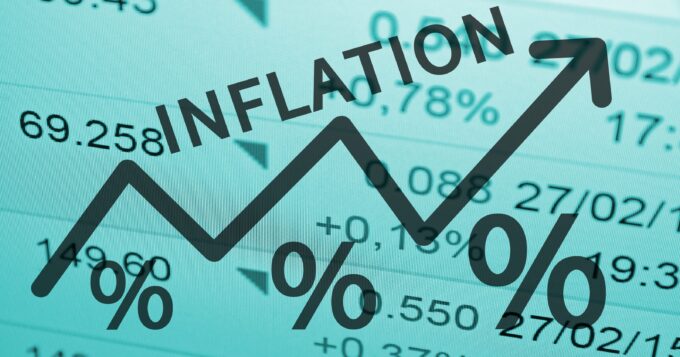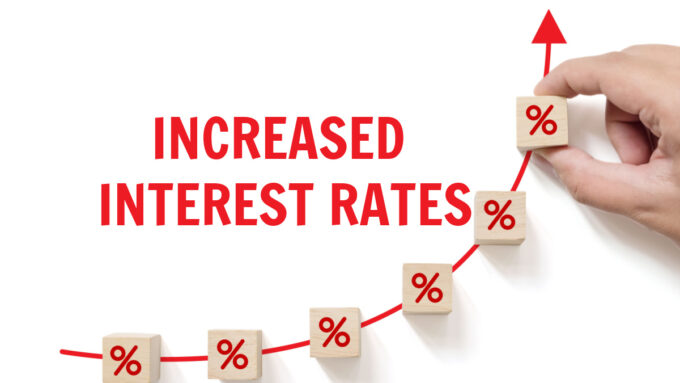Today, we will assess various macroeconomy components and how they can affect investment decisions, savings, and disposable income. We will be covering economic indicators such as GDP, GNP, retail sales, housing starts, PPI, inflation, interest rates, and fiscal and monetary policy. These indicators can all significantly impact the overall economic health of a country and can influence the decisions of individuals and businesses.
We will delve into the specifics of each of these indicators, how they work, and how they can impact investment decisions, savings, and disposable income. For example, we will explore how interest rates can affect the cost of borrowing money and how inflation can impact the purchasing power of money. We will also discuss the role of fiscal and monetary policy in shaping the economy and how these policies can influence investment and spending decisions.
Overall, our goal is to provide a thorough understanding of the various components of the macroeconomy and how they can impact individuals and businesses. By understanding these indicators and their effects, we can make more informed decisions about our financial planning and economic activities.
GDP

GDP (Gross Domestic Product) measures the aggregate value of goods & services produced in an economy over a certain period, usually a year. It is used to gauge the overall economic health of a country. And it can be an indicator of the standard of living for its citizens. A high GDP can signal a strong economy, while a low GDP may indicate economic struggles.
GNP

GNP (Gross National Product) is similar to GDP but measures the total value of goods and services produced by a country’s residents, regardless of where they are. In addition, GNP includes income earned by a country’s residents from foreign investments, while GDP only includes income earned within the country.
Retail Sales
Retail sales assess the total value of goods & services sold by retailers. This is an important indicator of consumer spending, which can drive economic growth. A high level of retail sales can indicate a strong economy, while a low level may signal financial struggles.
Housing Starts

Housing starts reference the number of new homes that have begun construction in a given period, usually a month. This is an essential indicator of the housing market’s health and can impact the overall economy. A high level of housing starts can indicate a strong economy and consumer confidence, while a low level may signal economic struggles.
PPI
PPI (Producer Price Index) measures the average price change for goods and services sold by producers. It is used to gauge inflation and can impact the cost of goods and services for consumers. A high PPI may indicate rising prices and potentially higher inflation, while a low PPI may signal lower prices and lower inflation.
Inflation

Inflation measures the rate at which prices for goods and services rise and, subsequently, purchasing power falls. Central banks attempt to limit inflation & avoid deflation to keep the economy running smoothly. Get detailed information on how inflation impacts the economy, specifically everyday folks at the grassroots level.
Several factors can contribute to inflation, including the demand for goods and services, money supply, and production cost. For example, prices may rise when the demand for goods and services is high, and there is a limited supply. Similarly, if the supply of money increases faster than the supply of goods and services, prices may also rise due to increased competition for limited resources. Finally, if production costs go up, this can also contribute to higher prices for goods and services.
Inflation can have a variety of impacts on the economy. For example, it can impact the purchasing power of money. If prices are rising faster than wages, disposable income may not be able to keep up, resulting in less money available for saving or investing.
Inflation can also affect businesses, as it can increase the cost of production, which may be passed to consumers in the form of elevated prices. Central banks, notably the Federal Reserve in the United States, often attempt to maintain a healthy level of inflation, typically around 2% per year. This can help balance the needs of consumers, businesses, and the economy.
If inflation is too low, it can lead to deflation, harming the economy as it can discourage spending and investment. However, if inflation is too high, it can lead to rising prices and a decrease in the purchasing power of money, which can also harm the economy.
Overall, inflation is a complex and critical factor in the economy and can significantly impact a country’s businesses, consumers, and overall economic health. Therefore, individuals and companies must be aware of how inflation may affect their financial decisions and planning.
Interest Rates

Interest rates refer to the cost of borrowing money. They are set by central banks and can impact the cost of borrowing for consumers and businesses. A high-interest rate may discourage borrowing and spending, while a low-interest rate may encourage it.
Fiscal and Monetary Policies to Stabilise The Economy
Fiscal policy is the government’s spending and taxation policies, which can impact economic activity. Expansionary fiscal policy, which involves increased government spending and lower taxes, can stimulate economic growth. In contrast, contractionary fiscal policy, which applies decreased government spending or higher taxes, can slow economic growth.
Monetary policy refers to the activities of central banks to achieve their monetary policy objectives, such as price stability, full employment, and financial stability. Central banks can use various tools, such as setting interest rates and taking charge of the money supply. These dual activities can help central banks to achieve their goals.
Summary
These macroeconomic variables can impact investment decisions, savings, and disposable income. For example, if interest rates are low, it may be more attractive for individuals to borrow money to invest in stocks or real estate. Alternatively, if interest rates are high, borrowing may be less attractive and people may find it more attractive to save money in a savings account.
Inflation can also affect disposable income by decreasing the purchasing power of money. If prices are rising faster than wages, disposable income may not be able to keep up, resulting in less money available for saving or investing.
In conclusion, the macro economy comprises a complex set of economic indicators that can significantly impact investment decisions, savings, and disposable income.









